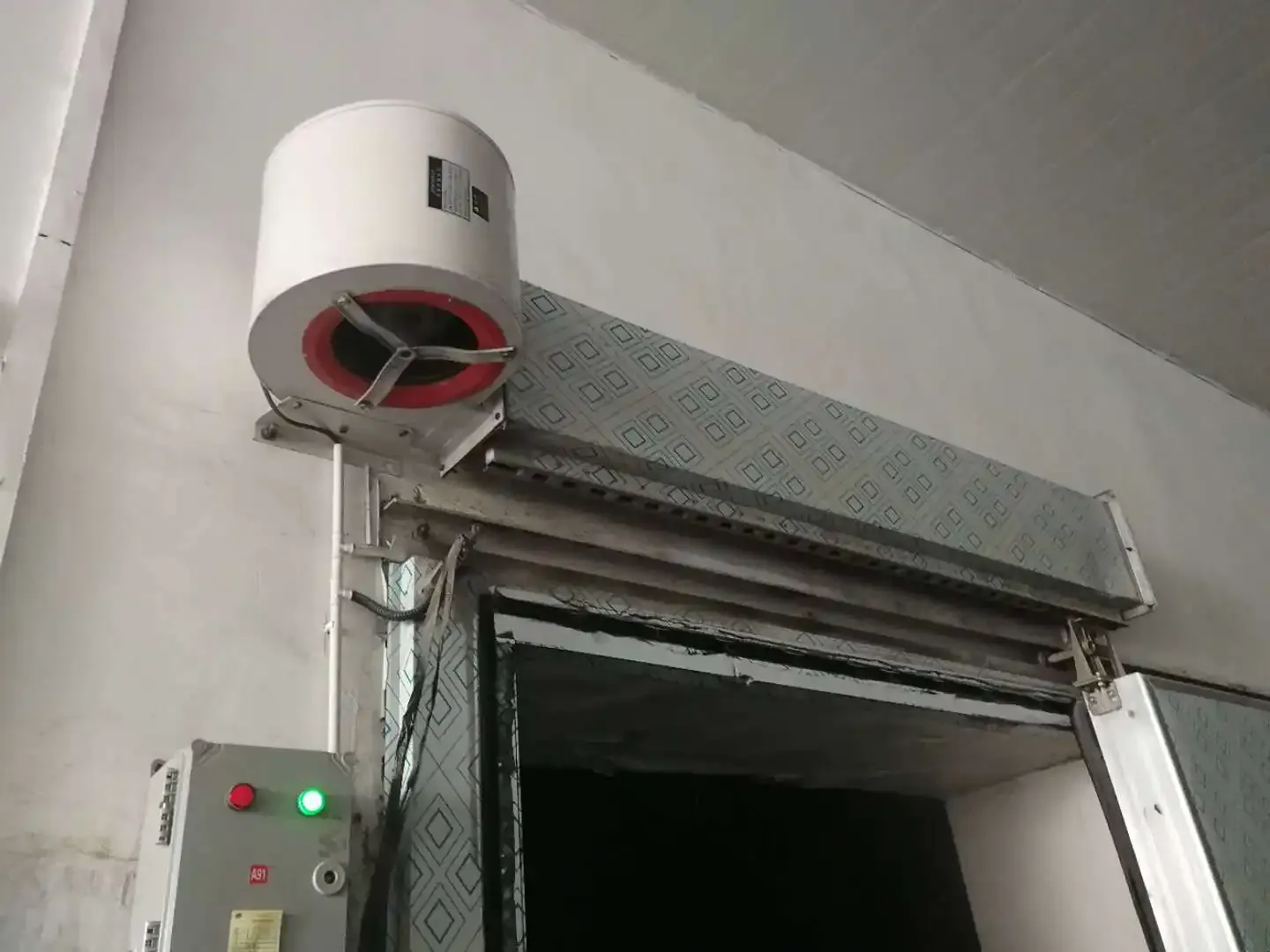Ice Cream Production and Refrigeration Equipment for Manufacturing Facilities
The Importance of Ice Cream Refrigeration Equipment in Manufacturing
The ice cream industry, known for its delicious and diverse flavors, relies heavily on efficient refrigeration equipment during the manufacturing process. Ice cream production is not merely about mixing ingredients; it requires precise temperature control, ensuring that the product maintains its quality from the moment ingredients are mixed to when it reaches the consumer. This article delves into the significance of refrigeration equipment in ice cream factories and explores the various types that are essential for production.
The Role of Refrigeration in Ice Cream Production
Refrigeration is crucial at different stages of ice cream production, including mixing, pasteurization, aging, freezing, and storage. Each phase requires specific temperature conditions, and any deviation can lead to poor texture, undesirable flavors, or even spoilage. The primary purpose of refrigeration equipment is to maintain optimal temperatures which preserve the integrity of ingredients and the final product.
1. Mixing Stage Initially, the ingredients—cream, sugar, stabilizers, and flavorings—are combined. At this stage, it is vital to keep the mixture cool to prevent any premature melting or spoilage.
2. Pasteurization Following the mixing process, the mixture undergoes pasteurization, a critical step that eliminates harmful bacteria. This process requires precise temperature control, which is achieved through high-quality pasteurizers that must comply with health regulations.
3. Aging After pasteurization, the mixture is cooled and allowed to age. This aging process often lasts from a few hours to several days at low temperatures, allowing the ingredients to meld, resulting in a smoother texture. Proper refrigeration during aging is essential, as inadequate cooling can affect the final product's consistency.
4. Freezing The freezing stage is where ice cream begins to take shape. This stage requires specialized equipment such as batch freezers and continuous freezers. Batch freezers operate by churning the mixture while freezing it, which incorporates air and results in a light and creamy texture. Continuous freezers, on the other hand, offer higher production rates, making them ideal for large-scale operations.
5. Storage and Distribution Finally, after freezing, ice cream must be stored in blast freezers to achieve the ideal low temperature quickly before being transported to retailers. Proper refrigeration during storage is essential to prevent the formation of ice crystals, which can ruin the product's texture.
Types of Refrigeration Equipment in Ice Cream Factories
ice cream refrigeration equipment factories

The selection of refrigeration equipment in ice cream factories is diverse, each serving a specific purpose in the production line
- Pasteurizers These machines heat the mixture to a specific temperature to kill bacteria, then rapidly cool it down for safety and quality.
- Batch Freezers Ideal for small to medium production runs, batch freezers churn the ice cream while freezing it, creating the desired texture.
- Continuous Freezers Used for high-volume production, these machines continuously mix and freeze the ice cream as it flows through the system, allowing for faster production.
- Blast Freezers Critical for rapidly reducing the temperature of freshly churned ice cream, preventing large ice crystals from forming.
- Storage Freezers Designed to maintain the frozen state of the final product until it is shipped out for distribution, these freezers are vital for preserving quality.
Energy Efficiency and Sustainability
As the ice cream market continues to expand, manufacturers are increasingly focused on the sustainability and energy efficiency of their refrigeration equipment. The use of modern technology, such as eco-friendly refrigerants and energy-efficient systems, can significantly reduce the carbon footprint of production facilities. By investing in advanced refrigeration technologies, ice cream factories can not only enhance product quality but also promote environmental responsibility.
Conclusion
The importance of refrigeration equipment in ice cream factories cannot be overstated. It is the backbone of the production process, ensuring that quality and safety are maintained at every stage. As consumer demand for ice cream grows, so too must the efficiency of production systems. By upgrading and investing in advanced refrigeration technologies, manufacturers can continue to provide high-quality ice cream while also embracing sustainable practices for a better future.
















































































































